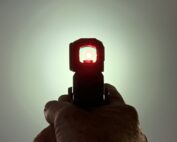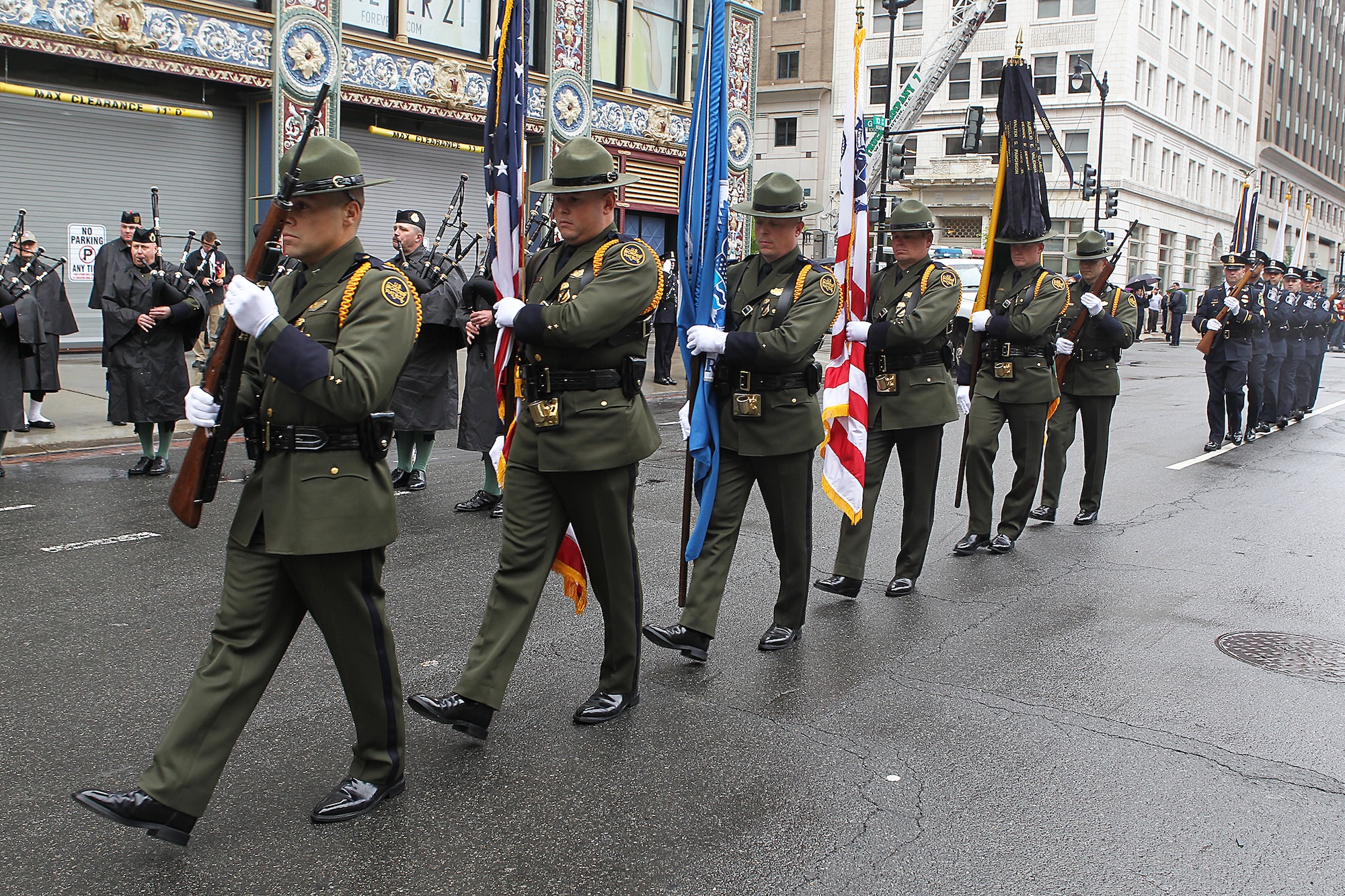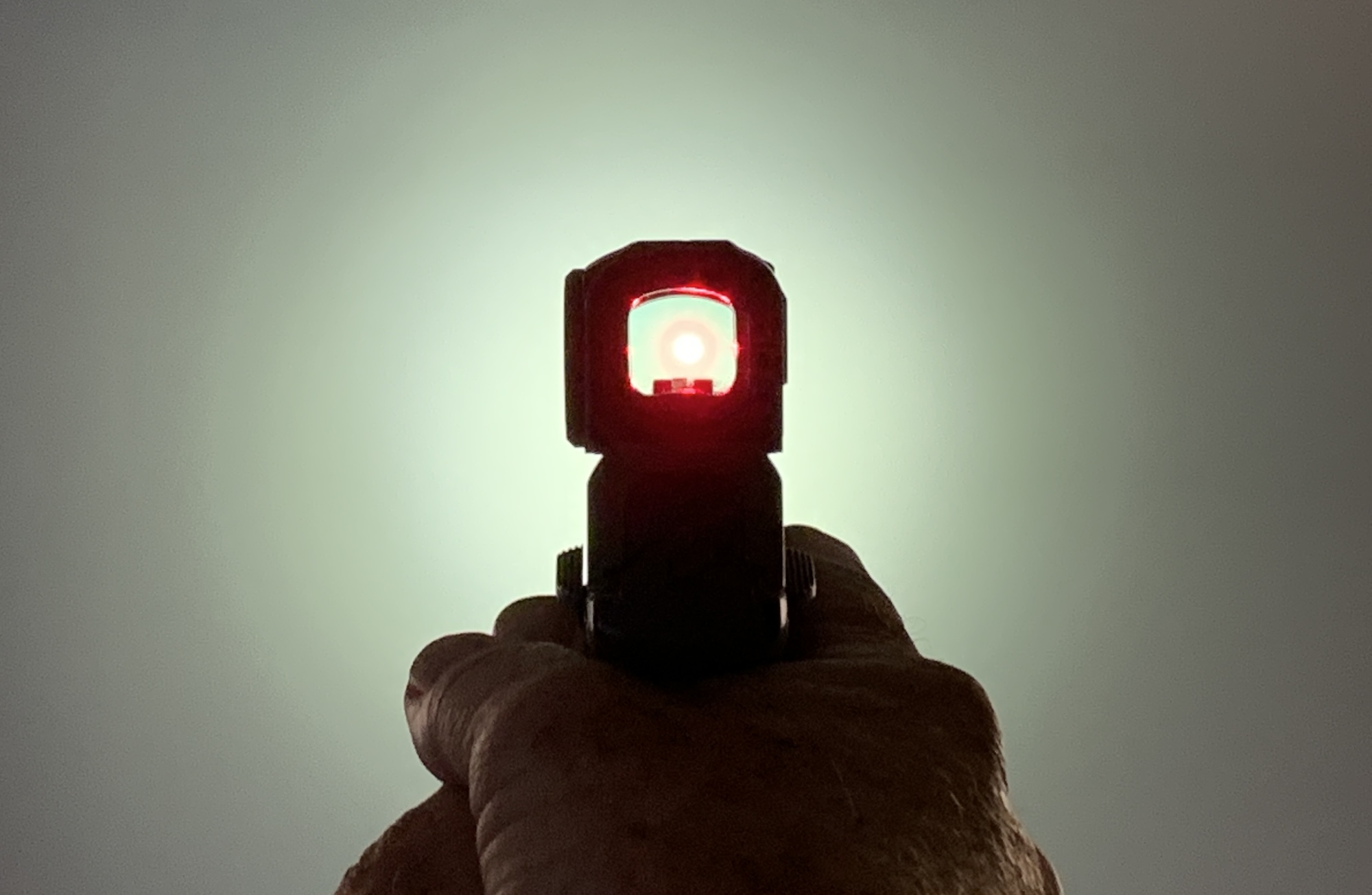
SIG_big
Quick-Change Magician.
Afew years ago I was in Exeter, N.H. at the SIG SAUER Academy for the Semi-Auto Handgun Instructor Course. During one of the breaks I was in the pro shop where a staff member told me about the P250, a new polymer pistol. My initial thought was they’d already tried this polymer pistol idea with the SIG Pro — a boxy, ugly pistol — but it did shoot like a house-afire, a feature built into all SIG SAUER pistols. I wasn’t excited about another ugly polymer gun, but being a good guest I looked at it.
The P250 surprised me. It looked and felt good, and fit the hand well; most importantly, the pistol could be converted from a full-sized 9mm to a subcompact .45 ACP, or a mid-size .357 SIG. When the guys showed me this feature I was hooked. You can have one pistol that can be configured to meet your needs, and only have one serial-numbered part for all the calibers and sizes. This feature is cool because you have literally the same trigger pull across all the platforms.
What makes the P250 so unique is the fire control unit called the trigger group. This is the serial-numbered portion of the pistol and is easily removed and placed into the various-sized frames. Shooters who live in states with draconian firearms laws will find this interchangeability one way to have a variety of calibers without having to wait for the state to say they’re safe to own a new pistol.
SIG SAUER’s P250 offers full-size and compact models
using the same “exchangeable” fire control system.
The P250 is vintage SIG SAUER with simple controls — takedown lever
(forward), slide lock (rear) and mag release behind the trigger.
No external safety.
Test Guns
When ordering the P250, I asked SIG SAUER to send me the full-sized and compact 9mm. This would give me pistols the size of a GLOCK 17-22/19-23, making for a more or less even comparison of arguably the most popular handguns in law enforcement. Some of you may question my choice of 9mm versus .40 S&W. The answer is simple: I prefer the 9mm, and with modern ammunition there’s virtually no difference in terminal ballistics. The 9mm is also an ideal cartridge to compete in USPSA and IDPA because it’s comparatively inexpensive and it’s an easy cartridge to reload. No matter what caliber you choose to shoot, I’m a fan of shooting competitions as a way to continue improving my shooting skills.
I found the fit and finish of our test guns to be what I’ve come to expect from SIG SAUER — essentially flawless. Both grip frames are polymer, with molded texturing and Picatinny rails for accessories. You’ll notice there are three external controls: the slide stop (which is ambidextrous), the magazine release and the takedown lever. There were no visible machine marks, the parts all fit perfectly and the fire control groups swapped easily from one grip frame to the other. The double-action-only trigger was smooth, with trigger tension consistent throughout the stroke. The pull on the sample was just a hair over 6 pounds, which is really good for a DAO action.
Removing the takedown lever and manipulating the trigger allows
the fire control system to pop right out. A complete frame change takes
only a minute or two. Both guns were 100 percent reliable and accurate.
Swapping Out
Once I had worked the trigger on the full-sized P250 I wanted to see how the compact felt. To swap the fire control unit, first drop the magazine, ensure the gun is safe and clear, lock the slide to the rear, rotate the takedown lever down and remove the slide group. Once this is done, the takedown lever will rotate out of the frame to the left. At this point, while pulling up and forward on the fire control group, push the trigger to the rear and it will pull out of the grip frame. To place in another grip frame, start pushing the rear of the fire control group into the slot in the rear of the frame. Once it’s moving in, push the trigger to the rear so it will fit through the trigger hole and presto, the unit should be in the grip frame.
Now insert the takedown lever, ensure it’s down, and the slide group can be attached to the frame. Then rotate the takedown lever up to lock the frame and slide together. Once you do this a couple of times, you’ll find you can swap sizes/calibers in less than a minute.
One thing I noticed when making the size change was the recoil springs. SIG SAUER is known for the woven recoil spring, which is supposed to give you a longer service life, but I can’t speak to that. I try to swap my 9mm recoil springs every 5,000 rounds or so. They use the woven spring in the full-sized pistol, but in the compact there’s a captured flat spring. In this smaller size it’s easier to install and remove — kudos to them for doing this.
The guts consist of a serial-numbered action you can move from frame
to frame, instantly changing gun sizes to meet your needs.
The magic — the removable fire control system is the
heart of the P250 and used in various frame sizes.
Do They Shoot?
By now, I had begun to think of the P250 concept as a sort of “transformer” pistol system, but I wondered how the interchangeability might affect consistent accuracy and reliability. To test the P250 I gathered ammunition from Atlanta Arms and Ammunition, Black Hills, Remington and Winchester in various bullet weights and designs. A few reloads were added to the mix to ensure this pistol would shoot whatever you have at hand.
It was not surprising the P250 would shoot factory-new ammunition; SIG SAUERs have a reputation for reliability. The full-sized and compact versions of the P250 never flinched with lead or various jacketed reloads. This is a boring pistol to shoot — it just runs like the proverbial Timex watch.
What was surprising about the P250 is the consistently amazing accuracy. Many pistols will show a distinct preference for ammunition, be it bullet weight, design or manufacturer. My test sample of the P250 in either configuration didn’t do this. It simply fired nice, tight, sub-3.5″, 10-shot groups at 25 yards. To many this may not sound great, however you try holding a pistol rock steady from a rest and make it shoot perfect bull’s-eyes. Many of the groups had five and six shots clustered touching, under 2″. Bear in mind the P250 did this with mixed ammunition in the magazine, with all the varieties of ammunition, and in either configuration. In my humble opinion, this is what I want a duty, competition or self-defense handgun to do. You may not be able to find your pistol’s favorite ammunition, or your agency may only issue XYZ brand, so your sidearm better function with what you have.
Right: Dark Star’s Kydex complimented the P250, but Scott found the
decidedly low-tech Yaqui belt slide from Galco able to manage both
frame sizes easily. Sometimes old is still good.
Carry Options
To carry the P250 I used holsters from Dark Star Gear and Galco. DSG is a one-man shop in Pittsburgh, Penn. and makes some of the nicest Kydex I’ve used. DSG’s pancake-style holsters work well for daily carry and range work, and my shooting partner uses one for extra-duty assignments. Because of Tom’s attention to detail and customer service, DSG is developing quite a following.
The other holster I used was a Galco Yaqui Slide. This holster has been around for what seems like forever and works well with many pistols. I like the Yaqui Slide with the P250 because it worked well with the full or compact size; I didn’t have to change holsters at the range. Just because a holster is old school, doesn’t mean you should overlook it for use with new-school polymer pistols.
I’ve been using the SIG SAUER P250 for range work, daily carry and even a couple of USPSA matches. This is a pistol I cannot speak highly enough about. It’s reliable, conceals well, is accurate, and with the ability to change frame size and caliber, you’ll be hard-pressed to find a more versatile pistol.
By Scott Smith
For more info: www.americancop.com/sig-sauer
>> Click Here << To Read Shooting Charts
View This American COP December 2013 Issue Now!





















